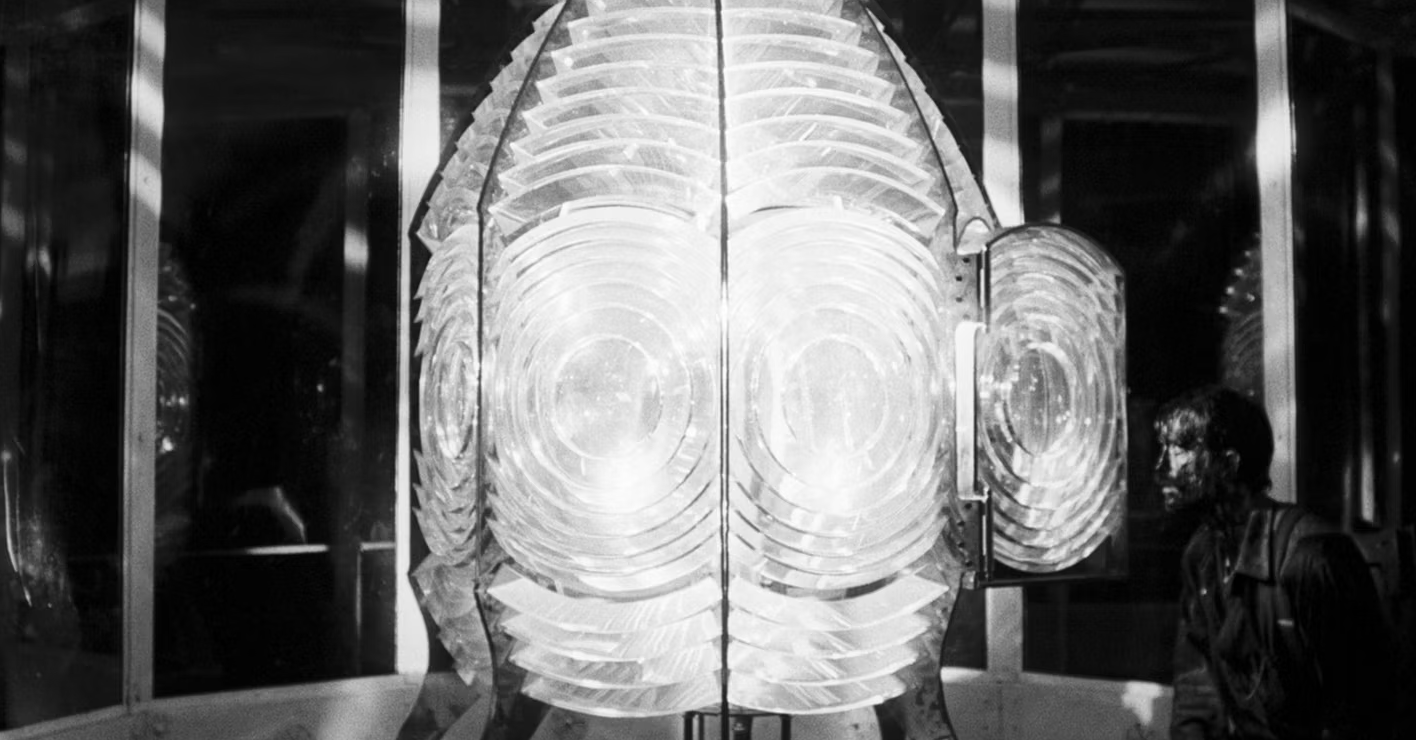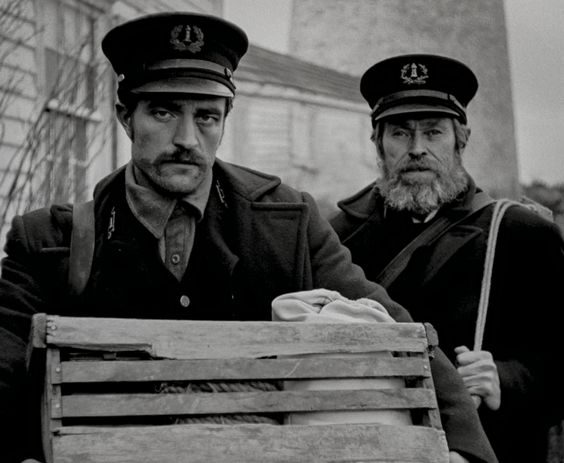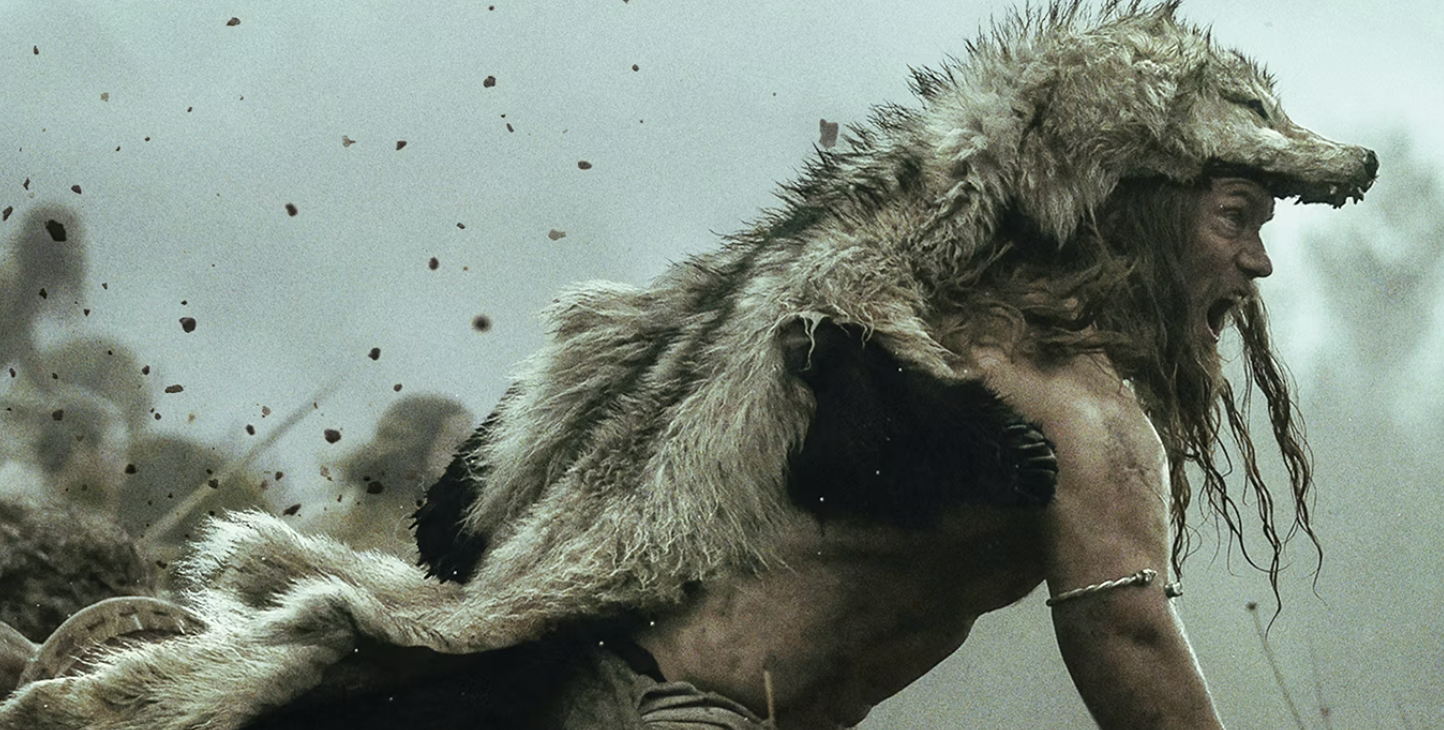The True Story That Inspired Eggers’ Movie
The Lighthouse is a surreal journey into despair and isolation, but it was inspired by a very real-world event despite its ambiguous plot.
In Robert Eggers’ The Lighthouse, despite its surreal and otherworldly style, the narrative is loosely inspired by the real-life account of two Welsh lighthouse keepers. Collaborating with his brother Max, Eggers drew from the Smalls Lighthouse Tragedy, infusing themes of despair, isolation, and paranoia into their dark tale. This historical foundation lends an authentic texture to the film, allowing Eggers to explore the claustrophobic atmosphere of maritime cabin fever that permeates The Lighthouse.
Starring Willem Dafoe and Robert Pattinson, The Lighthouse has earned critical acclaim for its portrayal of two lighthouse keepers grappling with darkness amidst a storm. Despite its grounded setting, the film’s complexity has sparked debates over its genre, with arguments made for categorizing it as horror, psychological thriller, survival story, and character study.
Yet, beneath its varied emotions, The Lighthouse remains compelling due to its narrative authenticity. Its exploration of despair serves as a poignant reflection on the human experience, transcending its origins as a spine-tingling tale rooted in true events. Here’s the true story that inspired Robert Eggers’ acclaimed film The Lighthouse, and the alterations made by the Eggers brothers.
The Lighthouse Was Inspired By A True Story

The real-life incident that serves as the foundation for The Lighthouse occurred on The Smalls, a small group of rocks situated 20 miles off the coast of Pembrokeshire, Wales. In 1801, Thomas Griffiths and Thomas Howell were stationed at the Smalls lighthouse, where they found themselves isolated and alone with only each other’s company. Despite already harboring animosity towards each other, their situation took a sinister turn when Griffiths fell ill after a freak accident, eventually succumbing to mysterious circumstances. Left alone with the body of his deceased colleague, Howell, fearing accusations of murder, opted to hang Griffiths’s makeshift coffin outside the lighthouse rather than disposing of it at sea.
While the subsequent events remain unverified, Howell claimed that the elements destroyed the makeshift coffin, leaving Griffiths’s body suspended by ropes outside the lighthouse. Trapped in a small hut with the corpse for over three weeks, Howell was tormented by the sound of Griffiths’s body knocking against the window, creating an eerie atmosphere akin to Griffiths beckoning him outside. When rescue finally arrived, Howell was found deeply traumatized by the harrowing ordeal.
The tragedy of The Lighthouse’s true story lies in the fact that numerous fishing boats passed by the Smalls lighthouse during Howell’s solitary vigil, unaware of the horrors unfolding within. This incident prompted significant changes in lighthouse regulations, mandating a minimum of three keepers at all coastal structures to prevent similar tragedies in the future. Thus, while a dark chapter in maritime history, the Smalls lighthouse tragedy spurred crucial safety reforms that safeguarded the lives of lighthouse keepers.
What Eggers Changed About The Smalls Lighthouse Tragedy

Given the speculative nature of Howell’s testimony and the remote setting of the Smalls lighthouse incident, the A24 horror film The Lighthouse takes significant artistic liberties with its narrative based on a true story. Robert and Max Eggers’ adaptation diverges from the actual events of the Smalls lighthouse tragedy right from the outset, introducing a more surreal atmosphere to the story. In The Lighthouse, Thomas Wake assumes the role of the island’s long-serving keeper, a departure from the true account where both men arrived together.
As the plot unfolds, further discrepancies emerge. Howard experiences hallucinations of sea creatures, while Wake engages in peculiar rituals, amplifying the film’s eerie ambiance. Wake also divulges a dark secret about his former Wickie companion’s demise on the island, a narrative addition by the Eggers brothers to heighten the island’s ominous aura. Additionally, the film introduces the discovery of a dead seagull inside the lighthouse’s cistern, an event not documented in the actual Smalls lighthouse incident.
The climax of The Lighthouse diverges significantly from historical records. In the film, Wake and Howard engage in a violent altercation, culminating in Wake burying Howard alive—an event absent from the true account. The film’s conclusion sees Howard succumbing to bird attacks, a stark contrast to the real-life rescue of the lighthouse keeper by a boat from Milford.
Other Inspirations In The Lighthouse

It’s important to recognize that The Lighthouse is a fusion of various concepts and influences. Initially conceived as an adaptation of Edgar Allan Poe’s unfinished work “The Light-House,” the script drew from Poe’s themes of isolation and impending madness. Although Poe’s story remained incomplete, its beginning hinted at the protagonist’s descent into loneliness, serving as a springboard for the Eggers brothers’ exploration of similar themes.
In addition to Poe, the Eggers brothers drew inspiration from a diverse range of sources, including H.P. Lovecraft, Herman Melville, New England folklore, and Greek mythology. These influences are evident throughout the screenplay, particularly in the film’s enigmatic coda, where Wake’s curse on Howard echoes the myth of Prometheus.
The end result is a surreal journey that defies conventional storytelling, crafting an atmosphere of looming despair. Rather than strictly adhering to the narrative of the Smalls lighthouse tragedy, The Lighthouse uses it as a backdrop to evoke the oppressive isolation of being marooned on a desolate rock in the ocean. While the true story serves as a foundation, it also invites speculation and contemplation, enriching the film’s mysterious allure and inviting audiences to delve deeper into its depths.
Is Eggers’ Latest Movie The Northman Based On A True Story?

Robert Eggers’ most recent cinematic endeavor, The Northman, diverges from a strictly factual narrative. Instead, it draws its inspiration from an ancient Norse legend intertwined with elements of Shakespeare’s Hamlet. Set against the backdrop of the Viking Age, the film revolves around the character Amleth, portrayed by Alexander Skarsgård. Following the murder of his father by his uncle, Amleth embarks on a relentless quest for vengeance.
The narrative of The Northman closely parallels that of a Norse folktale known as Vita Amlethi. This mythological saga, chronicled in 1200 by Saxo Grammaticus during his exploration of Danish royal history, translates to “The Life of Amleth.” According to the legend, Amleth is a prince of the Vikings who witnesses his father’s demise at the hands of his jealous uncle, Fengo. Driven by fury, Amleth swears to avenge his father’s death, setting the stage for a tale of enduring retribution.
While the historical veracity of Vita Amlethi remains uncertain, its narrative essence serves as the primary muse for The Northman. In contrast, The Lighthouse, another creation by Eggers, draws partial inspiration from factual events.




